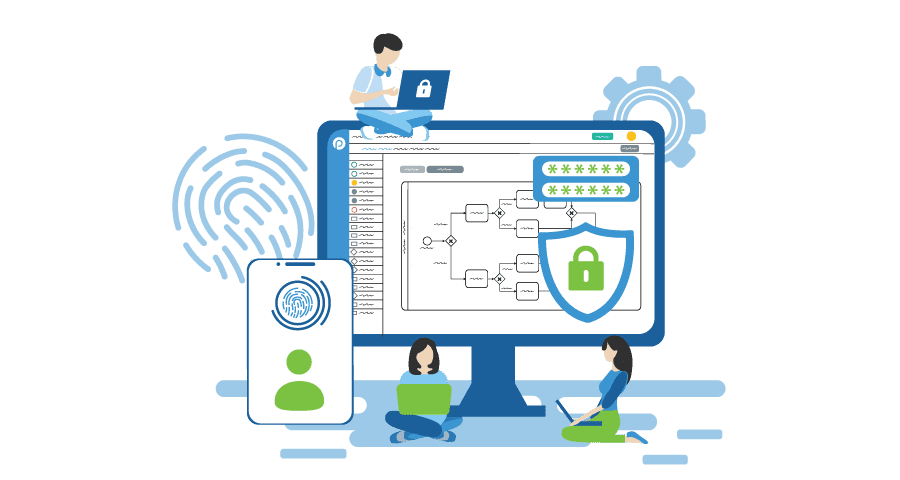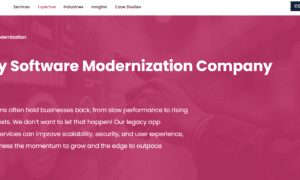In today’s digital age, businesses must keep pace with technological advancements to remain competitive. To achieve this, many organizations are adopting digital transformation strategies that leverage technology to enhance their operations. This article Bruce Pham offers examples, courses, and case studies on digital transformation.
What is Digital Transformation?
Digital transformation is the integration of digital technologies into business processes. It involves a fundamental change in how organizations operate, communicate, and deliver value to their customers. Examples of digital transformation include implementing artificial intelligence, cloud computing, and the Internet of Things (IoT) technologies.
Why is Digital Transformation Important?
Digital transformation is critical for businesses that want to stay relevant in today’s fast-paced and ever-changing business environment. It offers numerous benefits such as increased efficiency, improved customer experience, and increased revenue opportunities. Additionally, companies that don’t embrace digital transformation risk being left behind as competitors who have embraced it gain an edge.
How to Implement Digital Transformation?
To successfully implement digital transformation, businesses can follow a framework that outlines the necessary steps. One popular framework is the McKinsey 7S model, which includes seven elements:
- Strategy
- Structure
- Systems
- Shared values
- Skills
- Staff
- Style
Another popular framework is the Prosci ADKAR model, which focuses on individual change management. The five elements of the ADKAR model are:
- Awareness
- Desire
- Knowledge
- Ability
- Reinforcement
By using these frameworks, businesses can ensure they have aligned their vision and strategy with the proper implementation plan.
Steps to Implement Digital Transformation
- Assess your organization’s current state and identify areas requiring improvement.
- Set clear goals and define success metrics.
- Develop a road map that outlines your strategy and implementation plan.
- Communicate the plan to all stakeholders.
- Develop and execute change management strategies to facilitate employee adoption.
Digital Transformation Examples
Numerous companies have successfully implemented digital transformation strategies. Here are some examples of how they did it:
Netflix
Netflix transformed the movie rental business by creating a streaming platform that allowed people to watch movies and TV shows on demand. By leveraging cloud computing and data analytics, they were able to personalize recommendations and improve customer experience.
Amazon
Amazon is an excellent example of a company that has transformed multiple industries, including retail, entertainment, and technology. Their use of artificial intelligence, machine learning, and robotics has dramatically increased efficiency and streamlined operations.
GE
GE transformed its manufacturing process by implementing IoT devices and software. The machines are now connected to a central system that tracks performance, predicts maintenance needs, and allows for easier collaboration between employees.
Pros and Cons of Digital Transformation
Like any business strategy, digital transformation has its advantages and disadvantages.
Pros
- It increases efficiency and reduces costs.
- It enhances customer experience and satisfaction.
- It creates new revenue streams.
- It improves employee productivity and collaboration.
- It provides real-time insights and data-driven decision-making.
Cons
- It can be expensive and time-consuming to implement.
- It may require significant changes to the organizational structure and culture.
- It can lead to job loss or displacement.
- It may require additional training and skill development.
Alternatives to Digital Transformation
Not all businesses need to adopt digital transformation strategies. Some alternatives include:
Incremental Improvement
This approach involves making small, continuous improvements to existing processes and technologies.
Outsourcing
Outsourcing can help businesses reduce cost and increase efficiency by contracting out specific functions or services.
Restructuring
Restructuring involves reorganizing the organization’s resources to reduce costs and increase efficiency.
Digital Transformation Courses
There are numerous digital transformation courses available online and in-person. Here are a few examples:
Harvard Business School – Leading Digital Transformation
This course teaches the skills necessary to lead digital transformation within an organization.
MIT Sloan Executive Education – Digital Transformation: Strategies for Success
This course focuses on developing a digital transformation strategy that aligns with business goals.
Udemy – Digital Transformation Fundamentals
This course provides a comprehensive overview of digital transformation, including case studies and best practices.
Digital Transformation Case Studies
Here are some digital transformation case studies that illustrate successful implementation strategies:
Domino’s Pizza
Domino’s transformed its business by implementing a mobile app that allowed customers to order pizzas from their smartphones. By leveraging technology, they were able to increase customer engagement and improve efficiency.
Burberry
Burberry transformed its retail operations by implementing digital technologies such as RFID tags, augmented reality, and interactive mirrors. These technologies enhanced the customer experience and increased sales.
Delta Airlines
Delta transformed its customer service operations by implementing a chatbot that uses artificial intelligence to answer customer questions. This technology has reduced call center volume and improved customersatisfaction.
Tips for Successful Digital Transformation
Here are some tips for ensuring successful digital transformation:
- Secure executive buy-in and support.
- Involve employees in the process and provide adequate training and resources.
- Focus on small wins to build momentum.
- Develop a clear roadmap with specific goals and timelines.
- Monitor progress and adjust course as needed.
Comparison: Digital Transformation vs. Business Process Reengineering (BPR)
Digital transformation and business process reengineering (BPR) both involve improving business processes. However, while digital transformation focuses on leveraging digital technologies, BPR involves analyzing and redesigning existing processes to improve efficiency and reduce costs.
The Best Digital Transformation Strategies
The best digital transformation strategies vary depending on the organization’s industry, goals, and current state. However, some key strategies include:
- Focusing on customer experience and personalization.
- Implementing new technologies such as artificial intelligence and Internet of Things (IoT).
- Embracing data analytics to inform decision-making.
- Developing a culture of innovation and collaboration.
Conclusion
Digital transformation is essential for businesses that want to remain competitive in today’s fast-paced and ever-changing business environment. Implementing digital transformation requires a clear strategy, a solid implementation plan, and a commitment to change management. By following the steps outlined in this article, businesses can successfully implement digital transformation and reap the numerous benefits it offers

































